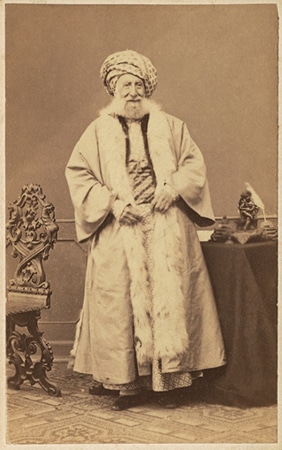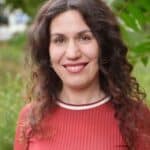The project focuses on three generations of the prominent Camondo family, Jewish merchants and bankers from Istanbul, in their role as cultural mediators between the Ottoman Empire and Europe. After examining their commercial, diplomatic and municipal networks, the study sheds light on what conditions would have been like in 1782 for the Ottoman family in exile and looks at their efforts to reactivate their trading activities in the Habsburg port city of Trieste. On the basis of their translation activities between different administrative systems and trade regulations, the project traces the Camondos’ networks in the Ottoman Empire, France, the Netherlands, the Habsburg Empire and German-speaking lands.
In examining these cultural and heterogeneous translations, the project reveals how the family deployed its various trans-imperial and municipal identities to secure its commercial activities and social standing. The study also follows the Camondos on their return to Istanbul in around 1800, when they needed to reverse-translate all the knowledge and experience they had acquired during their time in the Habsburg Empire. The various means that the Camondos used to retain and even expand their political, social and economic influence in an age of global upheaval have micro-historical implications for the processes of modernisation and transformation in the late 18th and early 19th centuries.
In studying these various translation efforts, the project ultimately provides insights into the collaborative production of knowledge, changing notions of belonging, and the translatability of universal concepts.
The project is part of the Priority Programme ‘Cultures of translation in early modern times (1450–1800)’ (SPP 2130) of the Deutsche Forschungsgemeinschaft (German Research Foundation, DFG).
Funding: DFG ‒ Temporary position for principal investigator
Duration: September 2022 ‒ August 2025
Project participants: Dr Irena Fliter, Florian Leubner (research assistant), Nicole Gatto (research assistant)
Image: Abraham Salomon de Camondo, c.1868, photographed by Abdullah Frères in Pera, Istanbul (MAD – Musée Nissim de Camondo, Paris)

